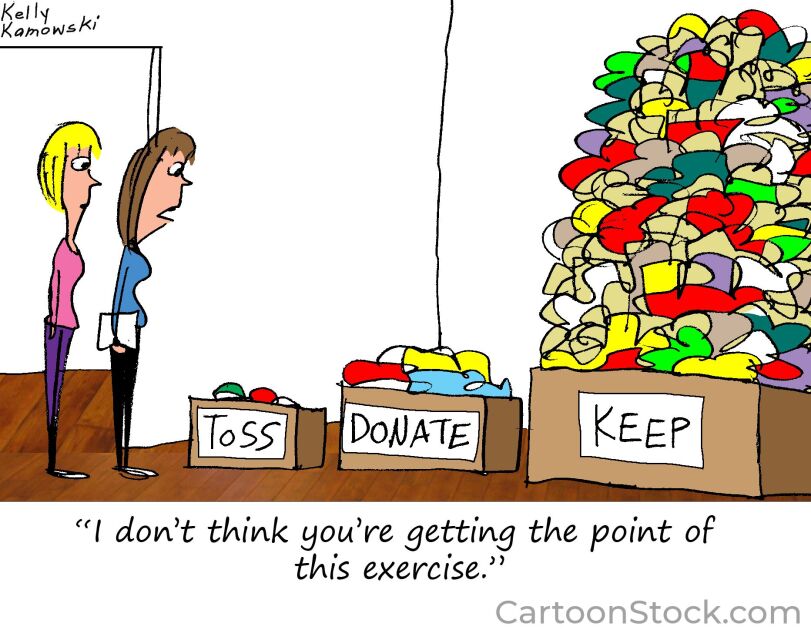Two multinational companies have announced plans to donate millions of dollars—and, in one case, encourage some of its own employees to become teachers—to help American students stack up better in mathematics and science against students from China, India, and other fast-developing nations.
The Fairfield, Conn.-based GE Foundation was expected to announce on Sept. 26 that it will donate a total of $100 million over five years to raise math and science scores in up to five school districts around the country and increase their numbers of graduates going on to college.
Read the related story,
Business Leaders Call for More Cooperation in K-12 Giving Efforts
The first district to receive a grant will be the 97,000-student Jefferson County, Ky., school system, which includes Louisville. The district received a four-year $25 million grant, foundation officials said last week. They will announce the remaining districts over the coming year.
The school system will use the money to purchase a districtwide math and science curriculum, provide professional development to teachers, and engage the community, among other uses. Only 38 percent of students in the district’s 4th, 7th, and 10th grades scored at the proficient level on state math tests last year, and only 37 percent of 4th, 7th, and 11th graders were proficient in science, district officials said.
Earlier this month, the Armonk, N.Y.-based IBM International Foundation said it will help train up to 100 of its employees to become math and science teachers in K-12 schools. Employees will receive $15,000 each from the company for college tuition and teaching stipends, for a total of $1.5 million.
The newly announced initiatives coincide with mounting concern voiced by business leaders and heads of corporate foundations about the need for schools to do a better job of preparing students to work in a knowledge-based economy.
“We’re becoming a technology-based society, so it’s critical to have a population with the ability to move into … math and science [careers],” said Bob Corcoran, the president of the GE Foundation, the charitable arm of the General Electric Co.
Techies as Teachers
Officials of the IBM Foundation pointed to projections by the U.S. Department of Labor showing that the United States will see a 51 percent rise from 1998 through 2008 in jobs related to science, engineering, and technology. They also cited figures from the U.S. Department of Education projecting that the nation will need more than 260,000 secondary math and science teachers by the 2008-09 school year.
Many of the IBM employees who become teachers through the pilot “Transition to Teaching” program are expected to be close to retirement, say company foundation officials, although “midcareer” professionals will also be eligible to apply.
Candidates for the program will need to have at least 10 years of employment with IBM, a bachelor’s degree in math or science or a master’s or doctoral degree in a related field, and experience teaching, tutoring, or volunteering in schools.
The program’s first participants will begin taking education courses and student-teaching in January in New York state, North Carolina, and other locations.
“[Our employees] want to continue working in positions that … give back to society in an extremely meaningful way,” said Stanley S. Litow, the president of the IBM International Foundation and the vice president of IBM Corporate Community Relations, in a statement. “Transferring their skills from IBM to the classroom is a natural for many.”







